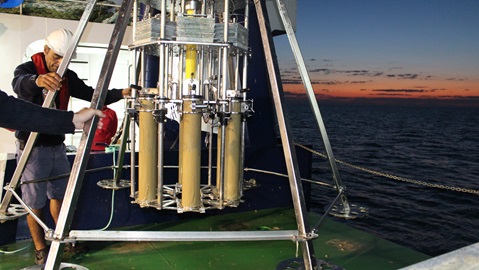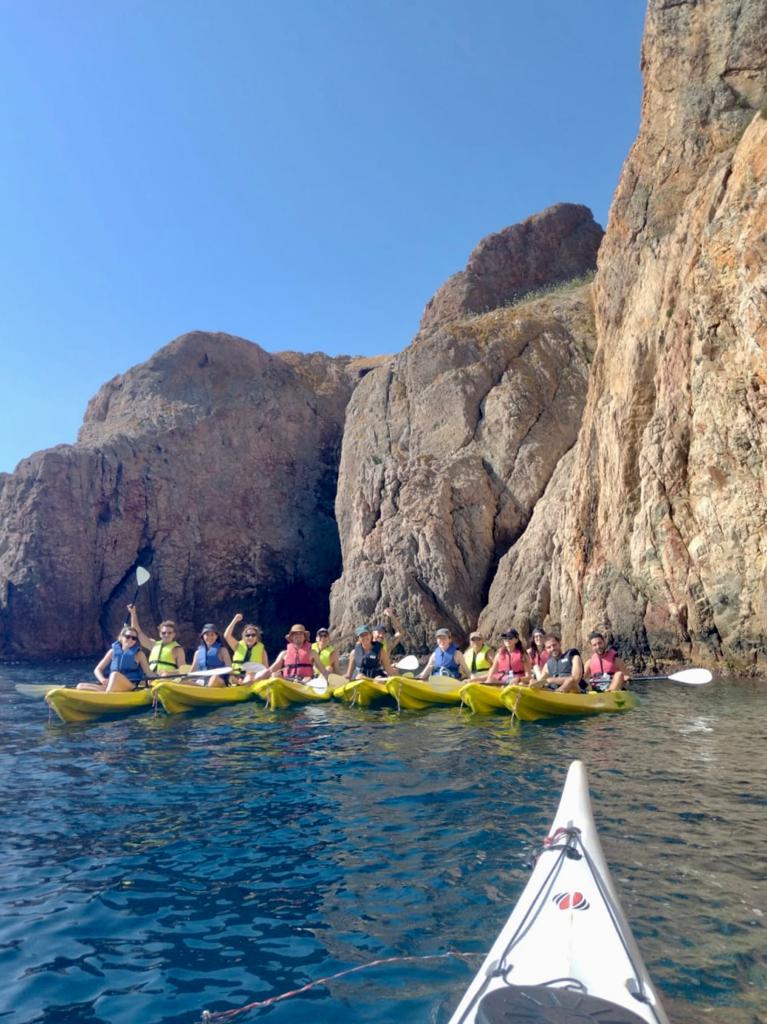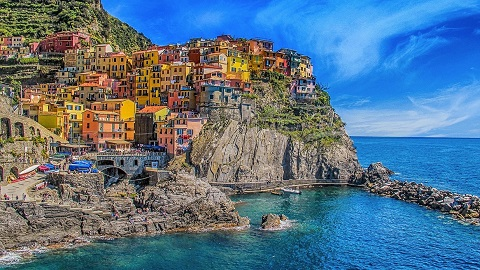Project
Hidden microbial diversity in groundwaters of the marine National Parks
Coastal aquifers have been recently identified as important reservoirs of microbial diversity. These microbial communities mediate the biogeochemical transformations occurring in coastal aquifers, playing a key role on the transfer of nutrients, carbon and other solutes to the coastal ocean through the discharge of submarine groundwater (SGD). However, little is known on microbial communities thriving in coastal aquifers, their specific influence on the cycling of solutes in the coastal aquifer and the responses of marine microbial communities to the discharge of groundwater to the ocean. Characterizing this microbial biodiversity hidden in coastal groundwater and their influence on the quality of groundwater and marine waters is a major gap of knowledge on coastal science.

Meso- and micro-plastics collected during a survey on a beach of Crete (Greece, June 2017) (Photo: M. Grelaud)
MicroSub brings together a highly interdisciplinary team, with specialists in the detection and measurement of groundwater flows to the sea, the characterization of biogeochemical transformations in the coastal aquifer, and the study of aquatic microbial ecology. The objective of the project is to analyze the microbial and geochemical diversity in the coastal aquifers of three National Maritime-Terrestrial Parks (PN de Cabrera, and PN de las Islas Atlánticas, and PN de Timanfaya). These National Parks harbor pristine aquifers, little affected by human activities and present contrasting hidrogeological characteristics (e.g. carbonate, granitic or volcanic geologies; different climatic regimes; tidal vs micro-tidal environments, etc.). Differences on these coastal settings are expected to result in variations on the microbial diversity of coastal aquifers, the biogeochemical transformations occurring therein and, as a consequence, in the effects of SGD on the adjacent coastal waters.










